Talk to one of our Senior Strategists
Send us a message, and we’ll get back to you shortly.
Join us on Thursday, June 5th, at 12:00 PM (GMT +3) for our next workshop on overcoming common data integration challenges for B2B Marketers. Read more.
Many Google Analytics users have been there – you log into your Google Analytics account and see an unexpected huge decline in traffic. It has flatlined and your Google Analytics isn’t working anymore.

Or you installed your Google Analytics or Global Site Tag code on your website a couple of days ago and you’re still not seeing any data in your reports.

P.S. Once you have successfully installed the tracking code on your site, it can take up to 24 hours for data to show up in your regular reports.
If your Google Analytics is not working as expected and your data isn’t showing up in reports, you can quickly go through this troubleshooting guide and effectively pinpoint the culprits behind your traffic drop.
The Real-Time reports help troubleshoot your Google Analytics setup and show all current activity on your site. If you have active visitors on your website and you don’t see any data in your Real-Time reports, your tracking code is not sending any information to your Google Analytics account.
This quick and easy test is a good indicator whether your Google Analytics tracking code is working properly or not.
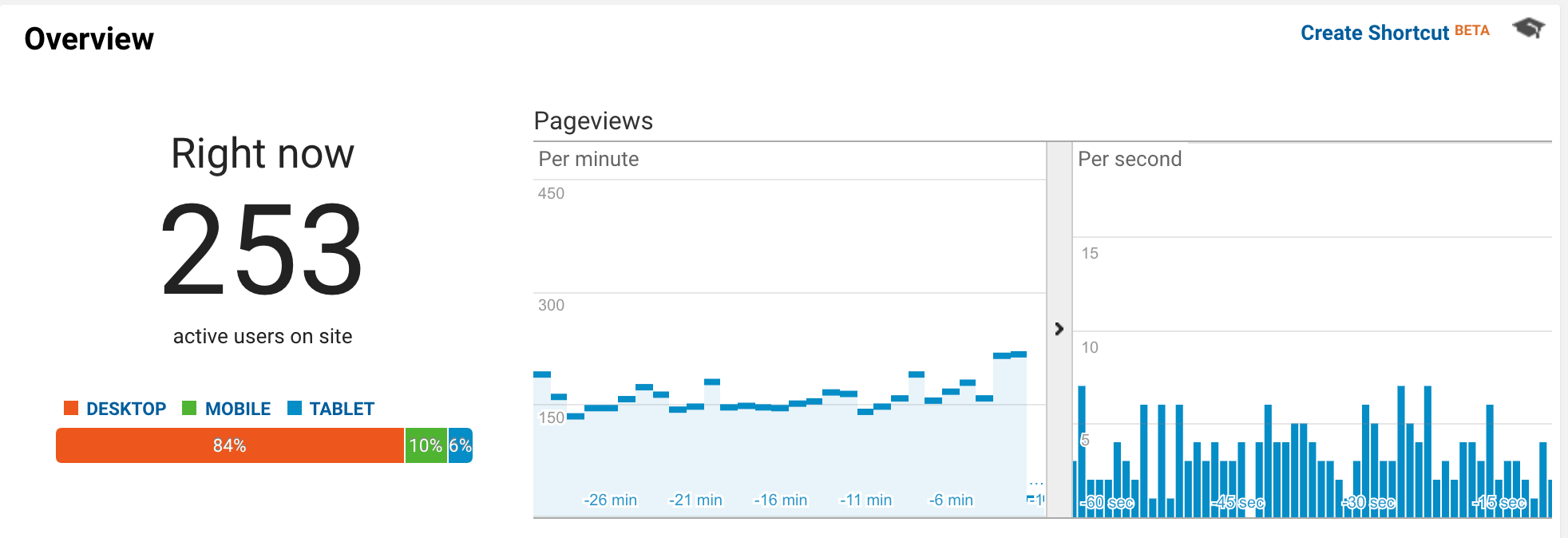
Here’s how you can find your Google Analytics Real-Time reports:
How to use it?
Annie has created a good YouTube explainer video that teaches you how to go through this process: https://www.youtube.com/watch?v=2vSIisd_ZvM
Google Tag Assistant shows you whether your Google Analytics tracking code is firing correctly on your website or not. You can record your activity on your own website and analyze all the hits sent to the Google Analytics property later on.
This tool will notify you if there were any errors associated with those hits and will let you know what’s wrong with your Google Analytics setup.
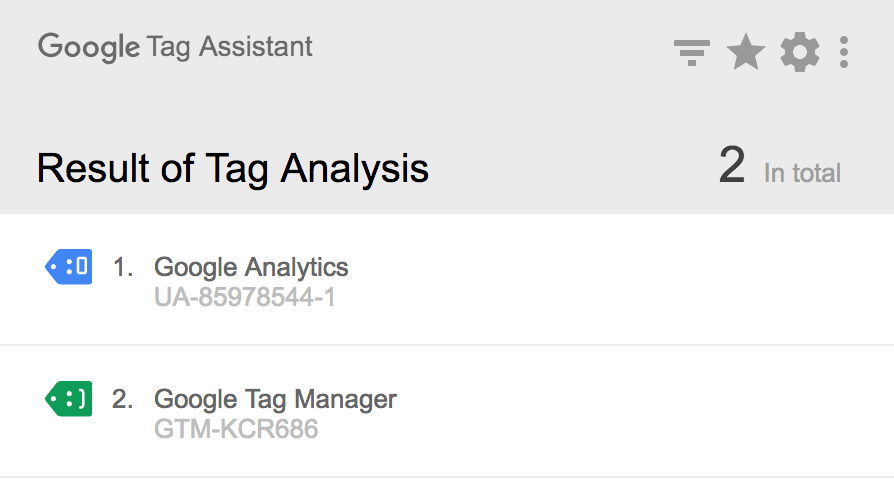
How to use it?
Google has also created a step-by-step guide on how to use Google Tag Assistant: https://www.youtube.com/watch?v=O_FFUw1tSfI
The best way to ensure that your Google Analytics tracking code is firing correctly is to pay attention to two things: network requests and the JavaScript console. You’ll find them in your Developer Tools.
This tells you if there are any JavaScript errors and helps you make sure that all requests are successfully completing as needed.
Here are different options how you can open your browser’s Developer Tools if you’re using Chrome:
If you open your Network tab, you’re able to locate a specific type of request using the filter feature. Type in “collect” to see all hits sent to the Google Analytics endpoint. Keep in mind, a successful request would have the response code 200.
How to use it?
Here’s how it should look like:
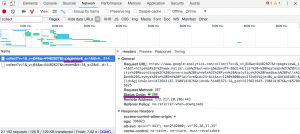
a) Make sure you’ve added your tracking code to every page of your website. Here’s a list of tools that can help you verify that:
b) Be sure to preserve the code formatting when copying your Global Site Tag or GTM tracking code and pasting it directly into your website’s pages. I recommend copying your tracking code straight from your Google Analytics property.
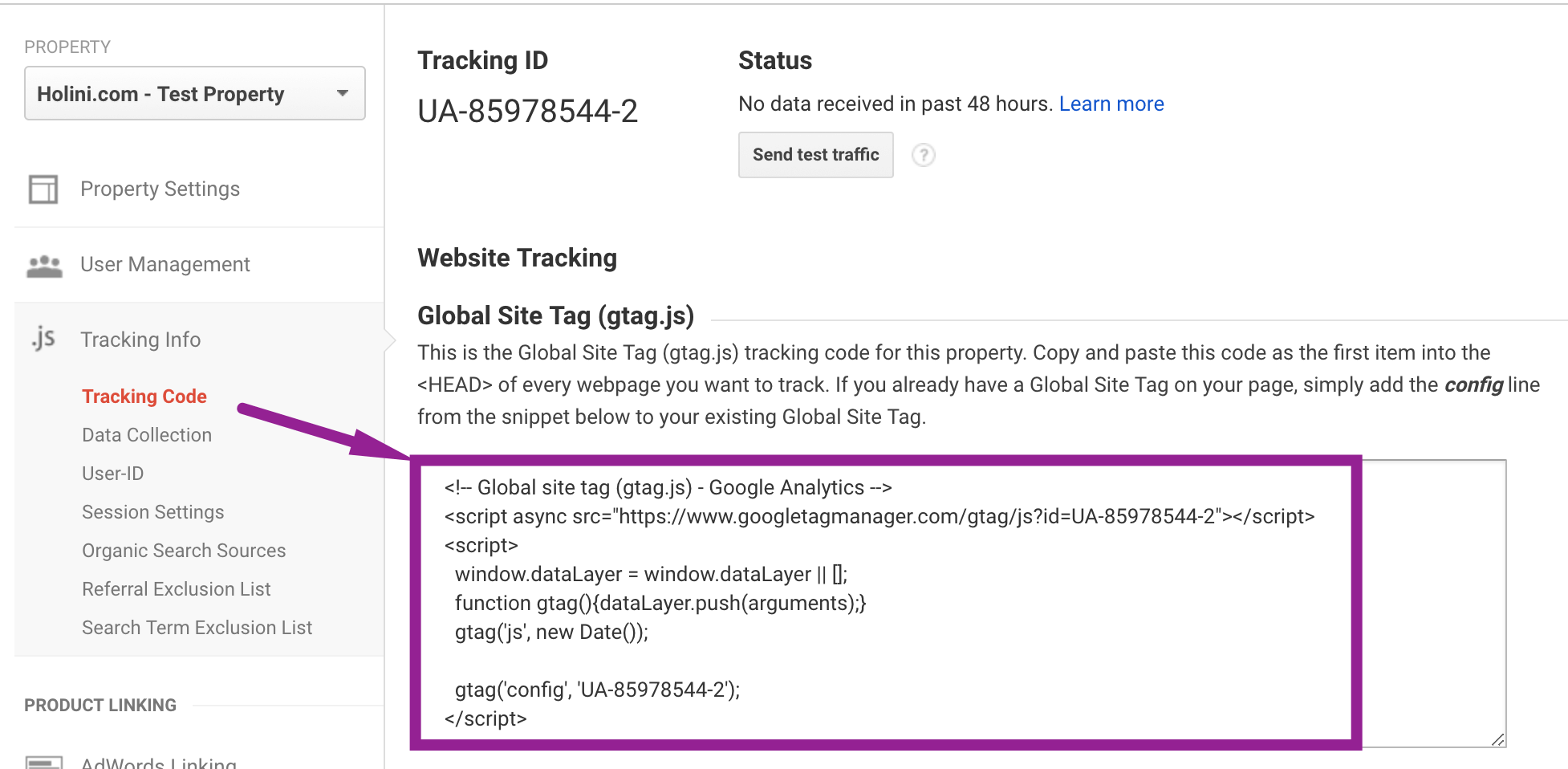
c) Make sure there are no typos or errors in your tracking code syntax. For example extra whitespace or characters in your Google Analytics tracking code. If you are making customizations to the tracking code, take note of the following:
d) Make sure you’ve installed your Google Analytics tracking code in the right place on your website. It should be pasted just before the closing </head> tag. Yes, it does work if it’s installed in the body or footer section as well but then it takes more time to load and there’s a chance that you won’t capture all data.
Verify that you’re tracking the right property and view. If you have access to multiple Google Analytics accounts and properties, there’s a chance that you might be using the Google Analytics tracking code from another property, or you may be looking at reports in the wrong account, or for the wrong property and view.

Make sure that your Google Analytics ID (UA-XXXXX-Y) installed on your website matches the ID you see in your Google Analytics property settings.
Make sure you haven’t configured any filters that can inadvertently filter all of your data from your reports. It usually occurs when you include multiple “Include” filters.
P.S. Filter order matters in Google Analytics.
For example, you cannot include two “Include” filters of the same type:
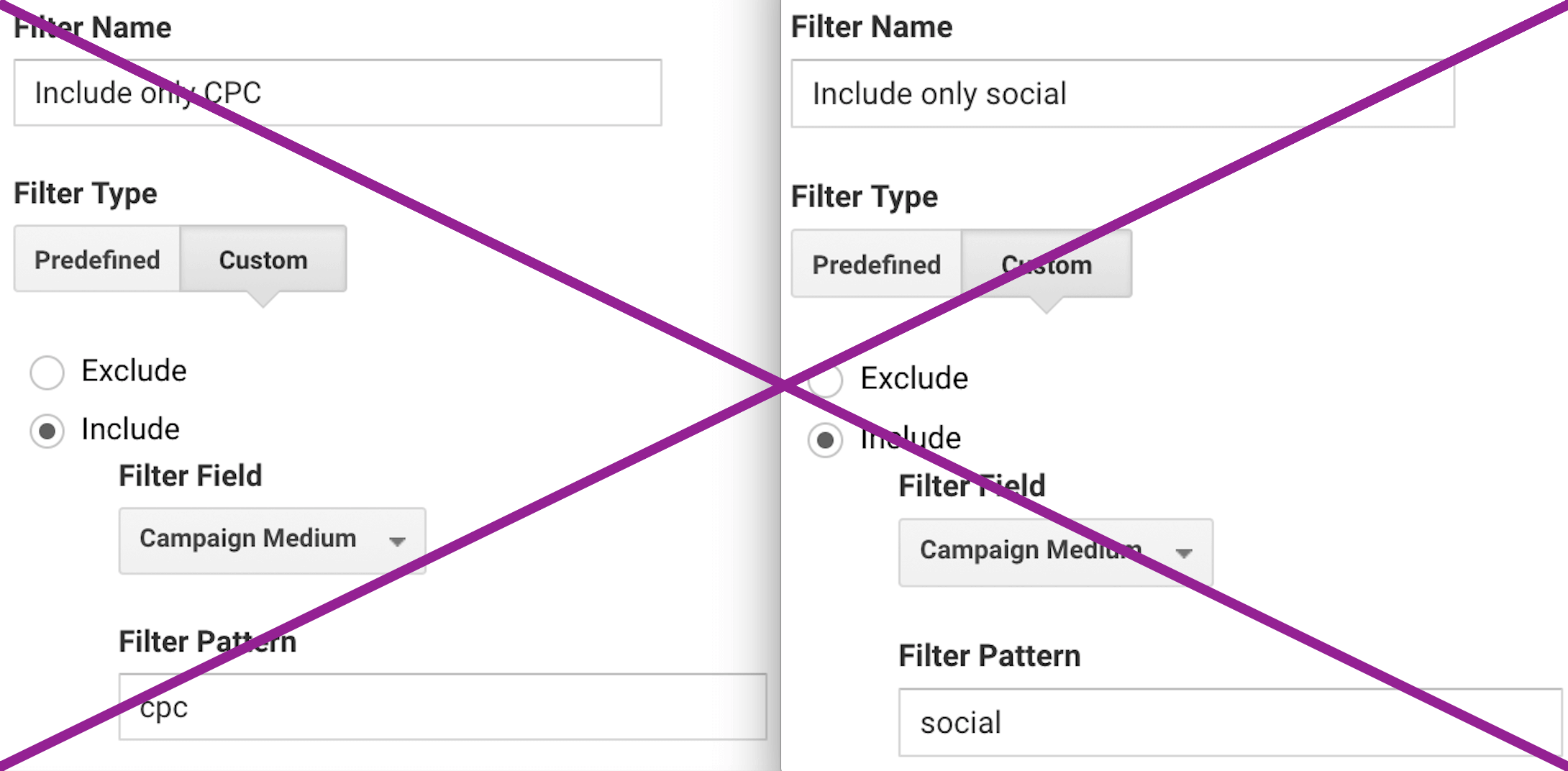
If you use a regular expression, Google Analytics will include only organic and cpc traffic and everything is fine.
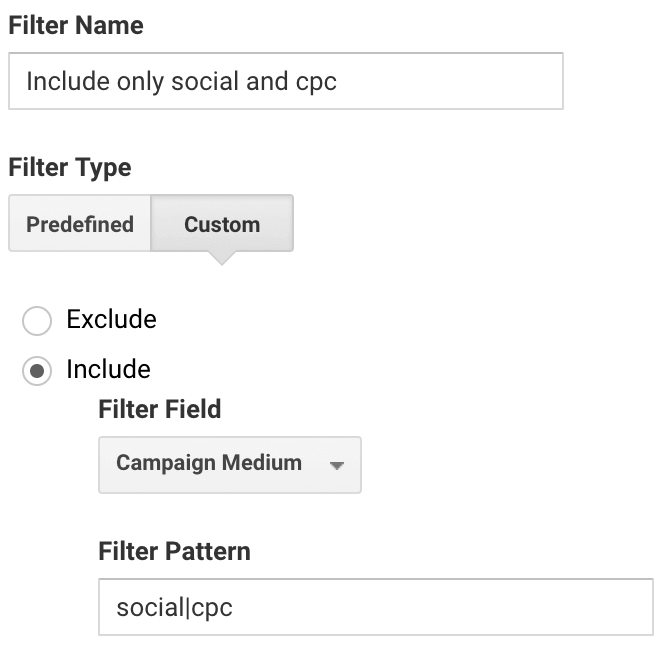
You can read more about Google Analytics filters here.
User-ID tracking needs an additional code implementation and if it’s not done, your Google Analytics view will contain no data.
Keep in mind, if you turn on User-ID reports in your Google Analytics view settings, the view will record only the data associated with the User-ID. Bear in mind, if you create a new User-ID view, you shouldn’t remove other existing views.
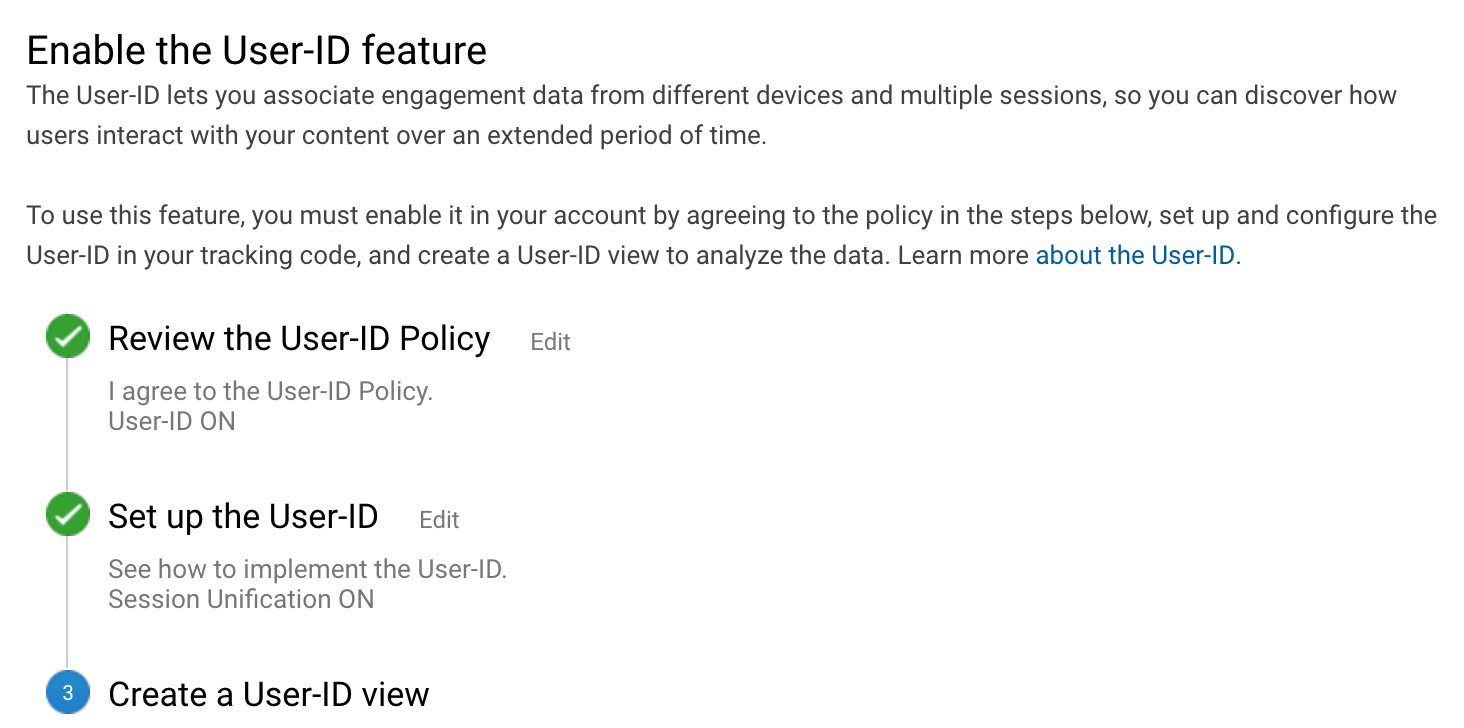
Ensure that other scripts on your page are not using the same variables as Google Analytics. If they do, you’ll have problems.
Here you’ll find all the variables that the Google Analytics tracking code uses.
Hopefully, you now have a better understanding of how to troubleshoot and fix your setup if your Google Analytics isn’t working and your traffic is flatlined or you see a significant drop in the number of sessions.
Here’s some additional reading on the subject:
If you have any questions or you’re struggling with the Google Analytics setup feel free to post them in the comments section below.👇